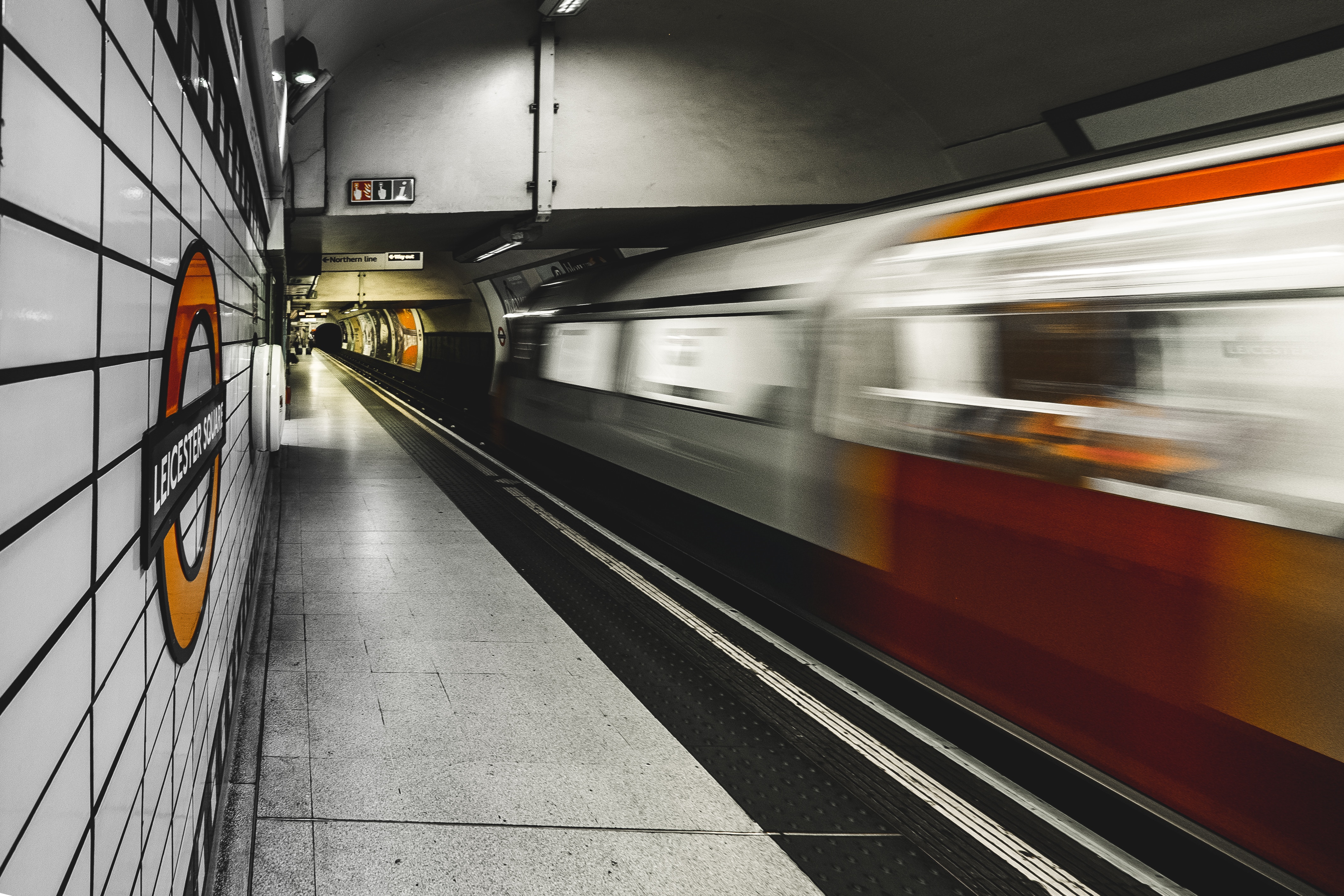High-speed rail is a form of train transportation which operates a significantly higher speed than regular rail travel thanks to special tracks and a highly technologically advanced rolling stock of trains. There is no one definition of what speed a train must reach to be classified as high speed but most modern high-speed train now has an operational speed of over 250 kilometers per hour – some older models still run at lower speeds.
There have been many historic breakthroughs in the development of the technology which started back in Germany in 1933. However, the critical turning point for high-speed rail came from Japan in 1955 when congestion in the country became intolerable. By 1964 Japan had launched the Shinkansen train and became a world leader in high-speed travel. Japan has been continually developing their trains since the 1960s to improve a range of issues such as drag, noise and vibration.
Over the de cades, many countries have developed a high-speed rail system. Countries with high-speed rail infrastructure including the United Kingdom, Sweden, Russia, Poland, the Netherlands, Japan, and China. The Eurostar which connects the United Kingdom to France and Belgium is the only high-speed infrastructure which crosses international borders. China is the most prolific country when it comes to building a high-speed rail and has a staggering 22,000 km of track.
cades, many countries have developed a high-speed rail system. Countries with high-speed rail infrastructure including the United Kingdom, Sweden, Russia, Poland, the Netherlands, Japan, and China. The Eurostar which connects the United Kingdom to France and Belgium is the only high-speed infrastructure which crosses international borders. China is the most prolific country when it comes to building a high-speed rail and has a staggering 22,000 km of track.
While most high-speed rail uses conventional technologies be maglev train in Shanghai uses a system of limitation. Both the track and the train contain repelling magnets which enable the train float and then propelled at great speeds due to the lack of friction. Japan recently set a new world record using maglev technology reaching speeds of an astonishing 603 k/m per hour.





